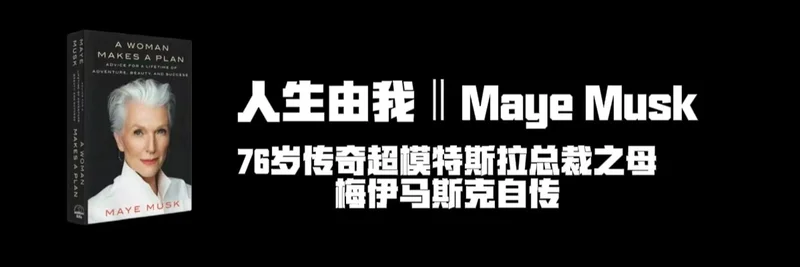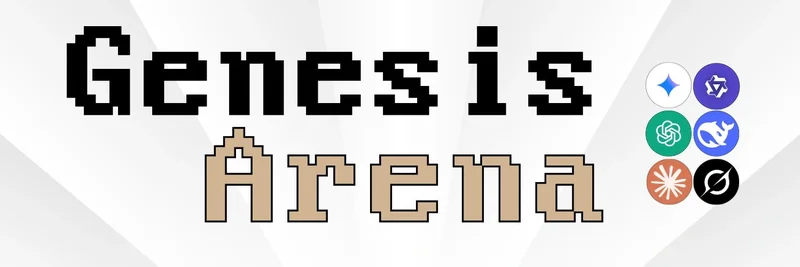BSCNews recently dropped an intriguing token analysis on $GRASS, the native token of the Grass network. If you're into crypto and looking for projects with real-world utility, this one's worth your attention. Let's break it down in simple terms, especially if you're new to the space.
What is Grass and the $GRASS Token?
Grass is a decentralized project built on the Solana blockchain that lets everyday users turn their unused internet bandwidth into cash—or rather, crypto. Imagine your home Wi-Fi sitting idle while you're asleep or at work. Grass taps into that spare capacity and sells it to AI companies who need massive amounts of data for training their models. In return, you earn $GRASS tokens.
The project launched in 2024 and quickly gained traction, boasting over 3 million signups. It's all about democratizing data collection, which is usually dominated by big tech giants like Google. These companies scrape the web for free, but Grass flips the script by compensating users directly.
The $GRASS token is the fuel of this ecosystem. Users earn "Grass Points" based on how much bandwidth they share, their device's uptime, location (diversity matters for global coverage), and connection quality. These points convert to $GRASS during airdrop events. Setting it up is super easy—just three clicks, no tech wizardry required. Plus, it prioritizes privacy; it only accesses public web data, not your personal stuff.
The Mission Behind Grass
At its core, Grass is a marketplace connecting bandwidth suppliers (you and me) with buyers (mostly AI firms). It's decentralized, meaning no single entity controls it, and it uses blockchain to ensure transparency and fairness. The goal? To redistribute the economic value of web data back to the people, instead of letting corporations hoard it all.
They partner only with verified, ethical buyers to avoid shady uses of the bandwidth. This focus on positive impact sets it apart from many hype-driven projects in crypto.
Tokenomics: How $GRASS is Structured
Tokenomics refers to the economic design of a cryptocurrency—supply, distribution, and incentives. $GRASS has a fixed total supply of 1 billion tokens, which helps prevent inflation. As of mid-2025, about 244 million are in circulation, or 24% of the total.
Here's the breakdown of how tokens are allocated:
- Community (30%): 300 million tokens, including 100 million for the first airdrop to early users, 170 million for ongoing incentives, and 30 million for rewarding those who help build the network's infrastructure.
- Foundation & Ecosystem (22.8%): 228 million for operations, growth, and community-governed decisions via a DAO (Decentralized Autonomous Organization—a fancy way of saying community voting on proposals).
- Early Investors (25.2%): 252 million, vested over time to avoid dumps.
- Contributors (22%): 220 million for the team and future hires, also vested.
Vesting means tokens are released gradually, often with a "cliff" (like a one-year wait) followed by monthly unlocks. This keeps everyone aligned for the long haul and prevents price crashes from big sells.
Market Performance and Where to Trade
As of July 2025 (per the analysis), $GRASS was trading around $1.13, with a market cap of about $278 million and a fully diluted value (if all tokens were out) of $1.13 billion. It had dipped from a high of $3.90 shortly after launch but was showing signs of recovery.
Daily trading volume hovered at $41 million, which is solid for a newer token. You can buy it on big exchanges like Crypto.com, Gate.io, KuCoin, and decentralized ones like Raydium on Solana.
The project has run successful airdrops and has a referral program to boost growth. With AI demand skyrocketing, Grass is positioned to capture more value as the network expands.
Why This Matters for Meme Token Enthusiasts
While $GRASS isn't your typical dog-or-cat-themed meme coin, it has that viral, community-driven vibe that meme lovers crave. It's utility-backed but spreads through word-of-mouth and rewards, much like how memes go viral. Plus, in the world of DePIN (Decentralized Physical Infrastructure Networks), it's a standout that could inspire meme-like hype if adoption surges.
If you're farming airdrops or hunting for tokens with real use cases, $GRASS fits the bill. Check out the full analysis on BSCNews for more details, and follow @grass on X for updates.
Remember, crypto is volatile—do your own research and never invest more than you can afford to lose. What's your take on bandwidth-sharing projects? Drop a comment below!




